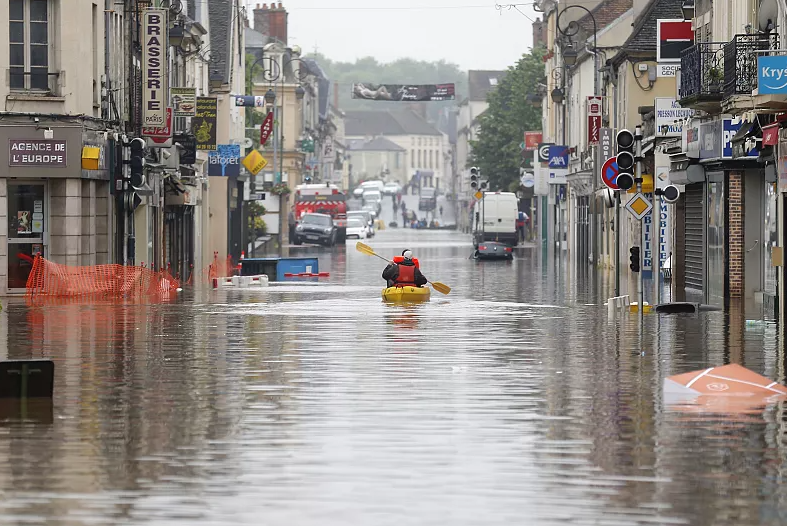
The study, led by WaterAid in collaboration with researchers from the University of Bristol and Cardiff University, examined the 100 most populated cities worldwide. It found that almost one in five cities are experiencing ‘climate whiplash'—a rapid shift between extreme droughts and floods.
Additionally, 20% of cities have undergone ‘climate hazard flips', where areas historically prone to heavy rainfall are now experiencing prolonged dry spells, and vice versa.
European Cities Among the Most Affected
The study highlights that all European cities analyzed have shown a drying trend over the past 42 years. Major urban centers, including London, Paris, Berlin, Stockholm, and Istanbul, are expected to face more frequent and prolonged droughts in the coming years.
Cities such as Barcelona and Madrid are particularly affected, experiencing a severe transition from wet to dry conditions.
"Places that were historically wet are becoming dry and vice versa. Others are now increasingly battered by both extreme floods and droughts," says Professor Katerina Michaelides, a co-lead scientist from the University of Bristol.
This growing unpredictability in weather patterns makes it more difficult for governments to plan effective water management strategies.
Water Shortages and Infrastructure Risks
The report warns that aging water infrastructure across Europe is further compounding the crisis. Unlike North America and Australia, many European cities lack the modernized systems needed to withstand severe weather shifts.
Water shortages during droughts can leave millions without access to essential water, while severe urban flooding can damage sanitation systems, increasing the risk of diseases such as cholera and typhoid.
Dr. Sean Fox, an associate professor at the University of Bristol, stresses that vulnerability is not just about climate hazards but also about a city's preparedness:
"Risk isn't just about the chance of a flood or drought occurring—it's about how equipped communities are to handle them."
90% of Climate Disasters Tied to Water Extremes
The report reinforces a stark reality: 90% of all climate-related disasters—from devastating droughts in Madrid and Cape Town to massive floods in Bangladesh and Pakistan—are caused by too much or too little water.
Over the past 50 years, weather-related disasters have quadrupled, putting increasing strain on urban water supplies and sanitation systems. As funding for climate adaptation efforts faces cuts, organizations like WaterAid are urging governments, financial institutions, and the private sector to unlock investment in resilient water infrastructure.
WaterAid UK's chief executive, Tim Wainwright, calls for urgent action:
"Now, we need to turn commitments into action—leaders must invest in systems worldwide that can withstand extreme weather and ensure clean water access for all."
The Growing Cost of Inaction
With climate whiplash becoming a growing reality, European cities must prepare for a future of unpredictable and extreme water crises. Without significant investment in water security, infrastructure upgrades, and climate adaptation, millions will be left at risk—facing either too little or too much water, with devastating consequences.